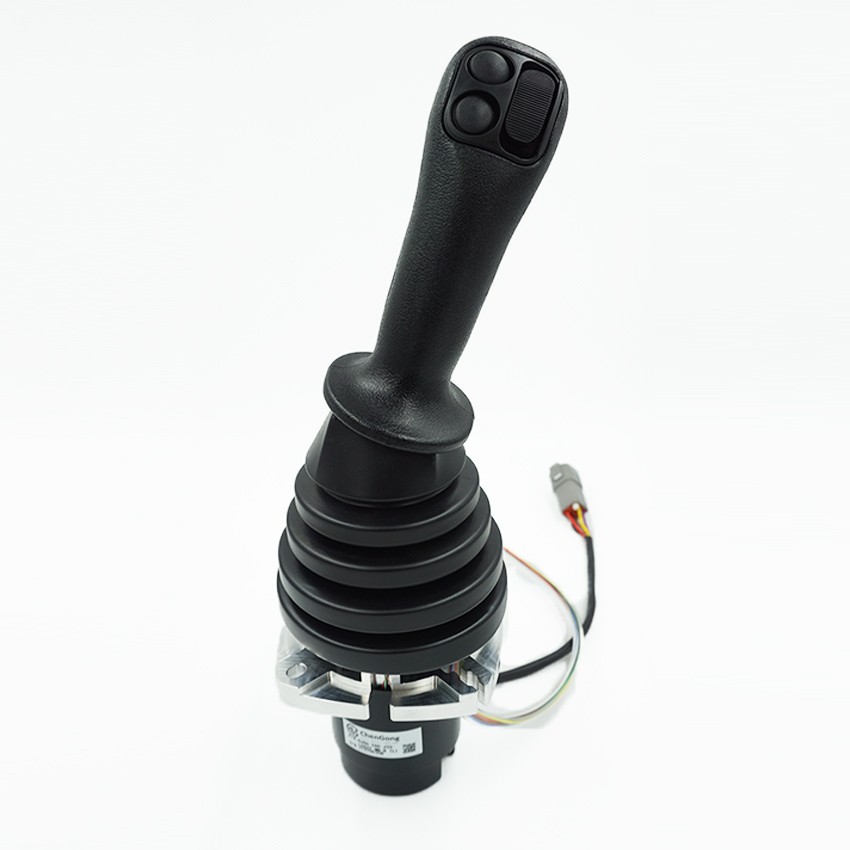In the realm of advanced control systems, multi-axis joysticks emerge as indispensable tools, enabling intuitive and precise manipulation of complex machinery. These devices, with their ability to detect movement along multiple axes, revolutionize user interaction in various applications ranging from aerial work platforms to heavy machinery.

1. Core Components and Mechanisms
At the heart of a multi-axis joystick lies a combination of mechanical and electronic components designed to translate human motion into electrical signals that can be interpreted by machines. The primary elements include the joystick handle, pivot mechanisms, angle detection devices, and signal processing circuitry.
The joystick handle, often ergonomically designed for comfort and precision, is connected to pivot mechanisms that allow it to move freely along multiple axes—typically X (side-to-side), Y (front-to-back), and sometimes Z (up-and-down or twist). These movements are captured by angle detection devices, which convert the physical displacement into digital or analog signals representing the direction and magnitude of the joystick\\\\\\'s deflection.
In the case of the HJ86 series Grip Type Multi-Axis Operating Handle by Shanghai Chengong Electrical Control Co., Ltd., the angle detection device employs Hall sensors known for their high accuracy, long service life, and resistance to environmental interference. This ensures reliable performance even under strenuous operating conditions.
2. Signal Processing and Output
Once the joystick\\\\\\'s position is detected, the signal processing circuitry takes over, interpreting the raw data from the angle detection devices and converting it into a form suitable for the machine\\\\\\'s control system. Depending on the application, this could involve generating analog voltages proportional to the joystick\\\\\\'s deflection, digital pulse trains, or even serial data streams.
The HJ86 series excels in this aspect by offering various output forms, making it highly adaptable to different control systems without the need for additional conversion hardware. This flexibility extends its applicability across a wide range of machinery, from cranes and loaders to tractors and harvesters.
3. Customization and Application Range
One of the standout features of multi-axis joysticks like those in the HJ86 series is their customizability. Different upper handles can be selected based on operator preference or specific task requirements, ensuring optimal comfort and control. Additionally, the heavy-duty handle design withstands high-strength operations, while the automatic spring reset facilitates effortless single-axis or dual-axis operation.
These attributes make the HJ86 series particularly well-suited for demanding environments where durability and reliability are paramount. Its applications span a broad spectrum, including cranes, loaders, forklifts, excavators, tractors, and harvesters, showcasing its versatility and effectiveness in enhancing operational efficiency and safety.
In summary, multi-axis joysticks like those offered by Shanghai Chengong Electrical Control Co., Ltd. represent a significant advancement in control technology, providing unparalleled precision and ease of use across diverse industries. By understanding their working principle and leveraging products like the HJ86 series, operators can achieve enhanced control, productivity, and safety in their respective fields.